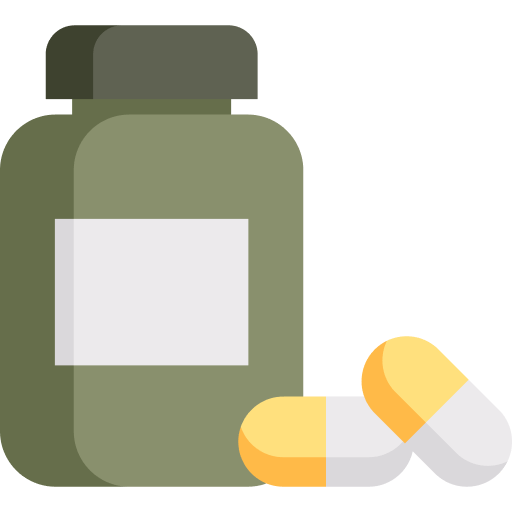Understanding
Dissociation
What is Dissociation?
Dissociation is a psychological phenomenon where an individual experiences a disconnection between their thoughts, memories, feelings, actions, or sense of identity. This detachment can be a coping mechanism in response to trauma or extreme stress. While dissociation can help a person handle overwhelming experiences, it can also interfere with daily functioning and emotional well-being if it becomes persistent or severe.
Symptoms of Dissociation

Memory Gaps
Experiencing periods of time where memories are missing, often referred to as “blackouts” or “time loss.”

Depersonalization
Feeling detached from oneself, as if observing one’s life from outside the body.

Derealization
Perceiving the external environment as unreal, dreamlike, or distorted.

Identity Confusion
Uncertainty about one’s identity or experiencing distinct identities within oneself (common in dissociative identity disorder).

Emotional Numbness
Difficulty feeling emotions or a sense of emotional detachment.

Disconnection from Reality
Feeling disconnected from one’s surroundings, people, or events.
Causes of Dissociation

Childhood Trauma
Physical, emotional, or sexual abuse during childhood can lead to dissociation as a coping mechanism.

Severe Stress
Experiencing overwhelming stress or trauma in adulthood, such as war, accidents, or natural disasters.

Psychological Factors
Underlying mental health conditions, such as PTSD, anxiety, or depression, can contribute to dissociative symptoms.

Substance Abuse
Certain substances can induce dissociative states or exacerbate existing dissociative tendencies.
Types of Dissociative Disorders
Dissociation can occur as part of various dissociative disorders, which include:
- Dissociative Identity Disorder (DID): Characterized by the presence of two or more distinct identity states or personality states that control an individual’s behavior at different times.
- Dissociative Amnesia: Involves an inability to recall important personal information, usually related to traumatic or stressful events.
- Depersonalization/Derealization Disorder: Marked by persistent or recurrent experiences of depersonalization or derealization.
Treatments for Dissociation
At Clear River Counseling & Wellness, we offer specialized treatments designed to help individuals understand and manage dissociative symptoms. Our approach is compassionate, holistic, and tailored to meet the individual needs of each client.
Eye Movement Desensitization and Reprocessing (EMDR)
EMDR is a highly effective therapy for processing and resolving traumatic memories that contribute to dissociative symptoms. It helps clients:
- Reprocess Traumatic Memories: Through guided eye movements, clients can reprocess traumatic memories, reducing their emotional impact.
- Develop Positive Beliefs: Replace negative beliefs about the trauma with more adaptive, positive beliefs.
- Enhance Coping Skills: Learn new coping strategies to manage stress and emotional distress.
Acceptance and Commitment Therapy (ACT)
ACT helps individuals accept their dissociative experiences while committing to making meaningful changes in their lives. It focuses on:
- Mindfulness: Encouraging present-moment awareness to reduce the impact of past trauma on current experiences.
- Values Clarification: Helping clients identify their core values and commit to actions that align with those values.
- Psychological Flexibility: Enhancing the ability to adapt to challenging situations and emotions without being overwhelmed.
Narrative Exposure Therapy (NET)
NET involves recounting traumatic experiences in a structured manner to integrate them into the client’s life story, reducing their distressing impact. It focuses on:
- Structured Narrative: Helping clients construct a coherent narrative of their traumatic experiences.
- Emotional Processing: Allowing clients to process emotions associated with the trauma in a safe and supportive environment.
- Integration: Integrating traumatic memories into the overall life story to reduce their emotional charge.
Why Choose Clear River Counseling & Wellness?

Experienced Therapists
Our team of therapists has extensive experience in helping individuals improve their communication skills.

Personalized Approach
Each client receives a customized plan tailored to their specific needs and goals.

Holistic Care
We consider the interconnectedness of mental, emotional, and physical well-being in our treatment plans.

Supportive Environment
We provide a safe, non-judgmental space for clients to practice and enhance their communication skills.
